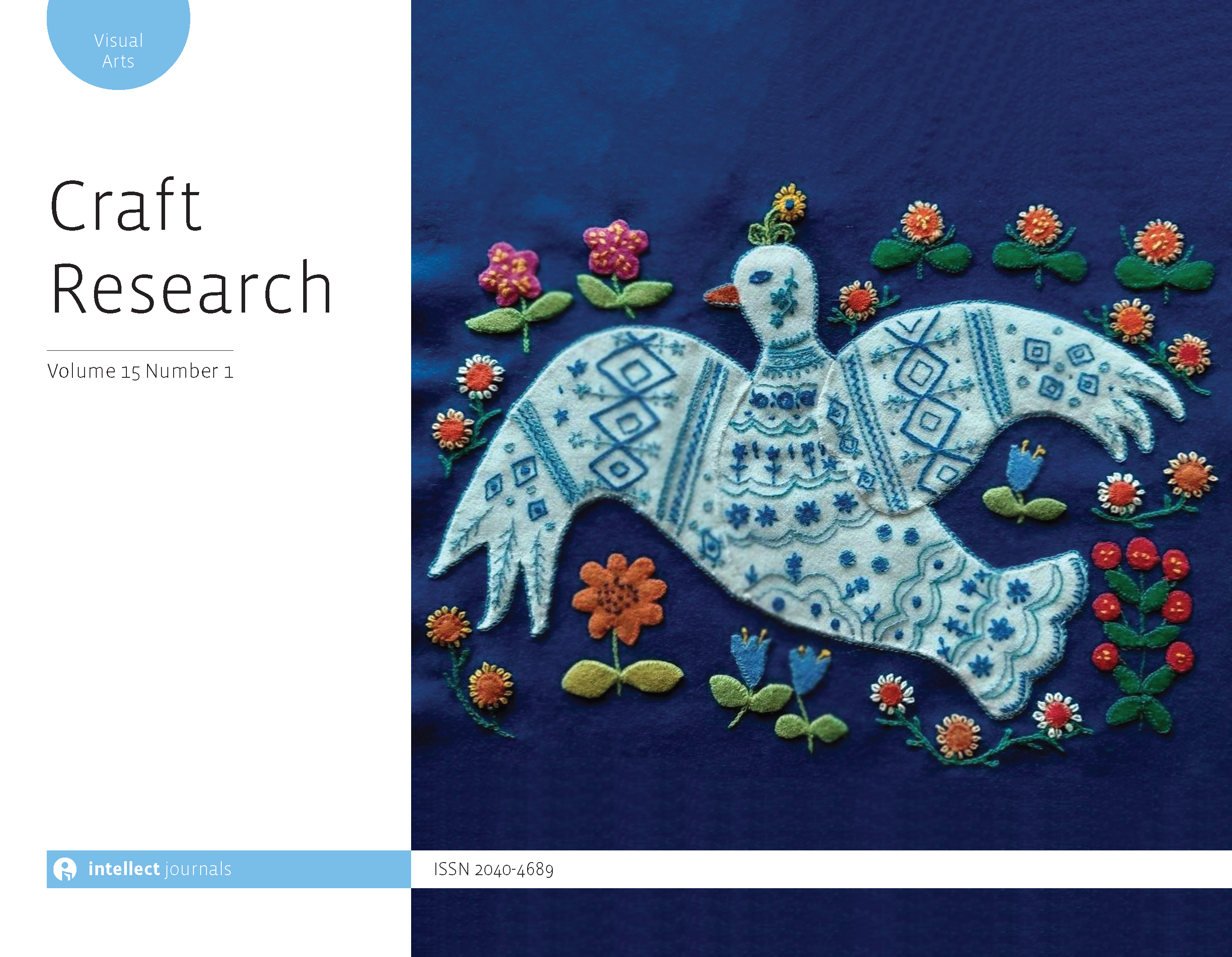
Full text loading...
 , Ana García-López2
, Ana García-López2 , Esteban Romero-Frías3
, Esteban Romero-Frías3 , María Jesús Cano-Martínez3
, María Jesús Cano-Martínez3
Throughout history, certain stereotypes associated with the idea of feminine and masculine have been consolidated and maintained, framed within a binary sex/gender system. With the passage of time and the inclusion of women in the workplace, such stereotypes have been extrapolated to the latter, resulting in inequalities in access to certain positions and professional development. Although significant progress has been made in workplace equality, some professions continue to be characterized by a particular polarization, and within the artisan sector, this is reflected in specific trades. In this sense, this research aims to determine whether there are gender stereotypes in the Spanish artisan sector, the degree of presence of men and women in the various craft trades, and what elements facilitate this polarization. A survey of 547 craftspeople, and a review of the statistical data on the working population in Spain for the year 2020, reveals a perpetuation of gender segregation depending on the craft trade, along with an ageing sector, and continued stereotyping in the generational replacement in the Spanish craft sector.

Article metrics loading...

Full text loading...
References


Data & Media loading...

Publication Date:
https://doi.org/10.1386/crre_00097_1 Published content will be available immediately after check-out or when it is released in case of a pre-order. Please make sure to be logged in to see all available purchase options.